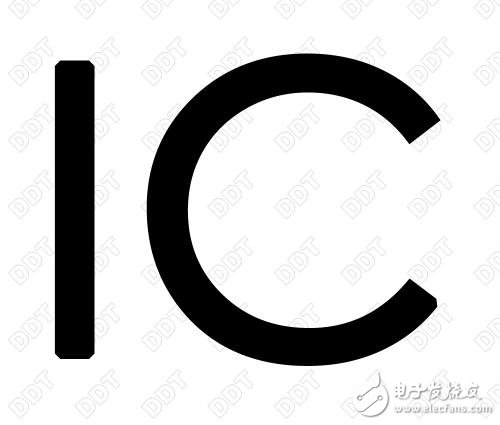To gain a deeper understanding of the IC market, it's essential not to overlook the end-use applications of integrated circuits, as they are closely interrelated and play a crucial role in driving market growth. In both mature and emerging economies, the rising demand for electronic systems and the expanding number of terminal applications have significantly contributed to the development of the IC industry. The growth of the integrated circuit market has also spurred research into key system applications, with expectations of major breakthroughs in 2021.

The **Internet of Things (IoT)** represents a network of uniquely identifiable objects connected through the internet, a concept that has been evolving for nearly a decade and continues to expand rapidly. As more devices become interconnected, the demand for ICs in IoT applications is expected to rise significantly.
**Virtual and Augmented Reality** is another key area where next-generation ICs will play a vital role. These technologies are set to grow in headsets, home robotics, drones, and smartphones, creating new opportunities for IC manufacturers.
In the **Automotive Electronics** sector, features such as in-vehicle infotainment, connectivity, driver assistance, and autonomous driving are driving demand for automotive ICs. Microcontrollers (MCUs), analog, and mixed-signal devices remain the largest contributors to automotive IC sales, supported by increasing safety and environmental regulations.
**Smartphones** continue to be one of the fastest-growing segments in the mobile market. On average, ICs account for about 30% of a smartphone’s selling price. The adoption of 4G and upcoming 5G smartphones, especially those with virtual reality capabilities, is expected to have a major impact on the demand for NAND flash, analog, DSP, and logic ICs.
As for **Personal PCs**, the tablet market remains weak, raising questions about the future direction of these systems. How will their growth influence traditional PC sales? What kind of IC content do these computing platforms require? These are important topics we will explore in the coming months.
Lastly, **Wearable Electronics** are gaining traction, particularly in health and fitness applications. Devices like personal medical monitors and activity trackers are driving demand for semiconductor products. The U.S. remains the largest market for medical systems, accounting for around 30% of global sales in 2017, followed by Europe, Asia-Pacific, and Japan. This trend is expected to continue as wearables become more integrated into daily life.
The function of the steel cross arm is to support distribution transformers, fuses, isolating links, and other line equipment.
Steel cross arms of different configurations are used on overhead lines, transmission towers, transmission lines, wood poles, utility poles, power poles, and light poles.
To make the steel cross arm more stable, there will be two cross arm braces to support the main cross arm by delta connection.
Steel cross arms of different configurations are used on overhead lines, transmission towers, transmission lines, wood poles, utility poles, power poles, and light poles.
To make the steel cross arm more stable, there will be two cross arm braces to support the main cross arm by delta connection.
Steel Cross Arm&brace,Hollow Steel Bracket For Pole Supporting,Hdg Cross Arm For Supporting,Channel Cross Arm Brace
Shahe Yipeng Import and Export trading Co., LTD , https://www.yppolelinehardware.com